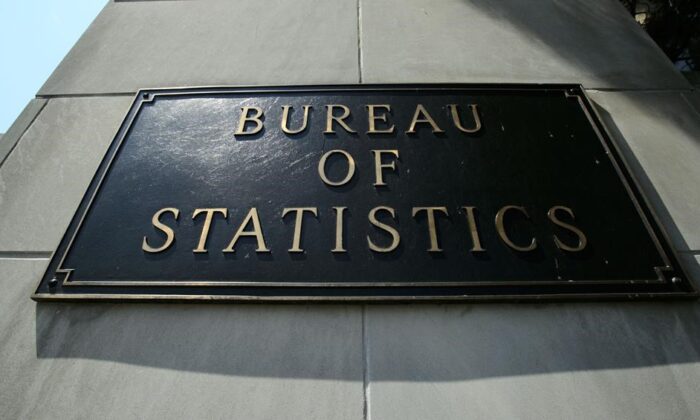Canada’s inflation rate increased to two percent last month, up from 1.6 percent in September, as gasoline prices had less of a downward impact on annual price growth.
According to a report from Statistics Canada released on Tuesday, prices in October rose at a quicker annual pace in five out of the eight major components of the consumer price index.
One of the main factors contributing to the rise in headline inflation was the smaller annual decrease in gasoline prices in October compared to September.
Despite inflation reaching the Bank of Canada’s two percent target, it is still expected that the central bank will continue to reduce interest rates in the upcoming months, possibly including a cut in December.
The size of the next rate cut will be influenced by the central bank’s analysis of economic data, including the October inflation statistics.
The central bank’s interest rate reductions have helped alleviate pressure on shelter price inflation as mortgage interest expenses slow down.
Pressure in the rental market has also eased, with rent increasing by 7.3 percent from a year ago, down from an 8.2 percent annual rise in September.
Property taxes and other additional charges rose at the quickest annual rate since 1992, climbing six percent from a year ago. This was an increase from the 4.9 percent annual rise in October 2023.
Additionally, grocery prices rose at a faster rate last month, increasing by 2.7 percent from a year ago.
The Bank of Canada’s preferred core inflation measures, which exclude volatile prices, saw an uptick last month.







